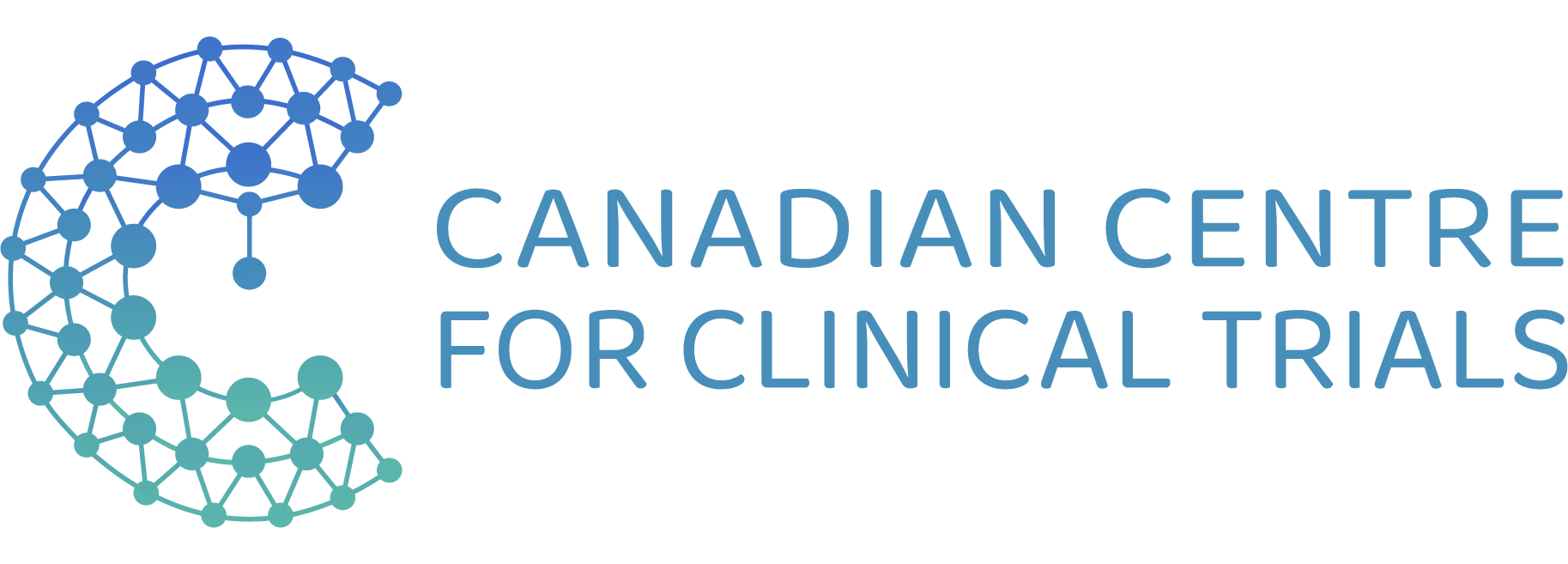A cohort study of all novel therapeutics approved by the US FDA between 2001 and 2010 revealed that a high percentage of these therapeutics are associated with postmarket safety events. The highest frequency of safety events was found to be in biologics, psychiatric therapeutics, and accelerated and near-regulatory deadline approval.
Novel therapeutics are active compounds or molecules that have not been previously approved by the US Food and Drug Administration (FDA). Before approval, FDA ensures that the benefits of novel therapeutics outweigh the risks associated with their use. The approval is based on the premarket drug testing and clinical trials carried out by the drug manufacturer.
The majority of the clinical trials are conducted on fewer than 1000 patients, with a follow-up of only 6 months or less.
What about the risks associated?
Because of this inherent limitation of premarket clinical trials, it is difficult for the FDA to identify uncommon or long-term serious safety risks associated with novel therapeutics. These risks usually surface during the postmarket period when novel therapeutics are used by a large number of patients over long periods of time.
These safety events can change how novel therapeutics are used and therefore, it is important to inform patients and clinical practitioners about any such adverse events.
New results of an investigation
The Journal of American Medical Association (JAMA) recently published the results of an investigation carried out by Nicholas S. Downing and colleagues to characterize the frequency of postmarket safety events among novel therapeutics approved by the US FDA.
What did this study take into consideration?
The study also examined if the increased risk was associated with any characteristics of novel therapeutics at the time of FDA approval. An FDA database was used to identify 222 novel therapeutics approved between January 1, 2001, and December 31, 2010.
All therapeutics (pharmaceutical and biologic) were classified into 1 of 8 therapeutic areas: autoimmune, musculoskeletal, and dermatology; cancer and hematology; cardiovascular disease, diabetes, and hyperlipidemia; genitourinary and renal; infectious disease; neurology; psychiatry; and other. Novel therapeutic characteristics at the time of FDA approval such as drug class, therapeutic area, priority review, accelerated approval, orphan (used to treat rare disease) status, near-regulatory deadline approval, and regulatory review time, were also recorded.
What about the main outcome?
The main outcome was a composite of three components: withdrawals due to safety concerns, FDA issuance of incremental boxed warnings during the postmarket period, and FDA issuance of safety communications.
The results of the investigation revealed that 32% of 222 novel therapeutics analyzed had a postmarket safety event during a median follow-up period of 11.7 years after FDA approval. The median time from approval to the first postmarket safety event was 4.2 years. During the median duration of market availability, there were 123 postmarket safety events, affecting 71 of 222 novel therapeutics.
Although there were only 3 withdrawals, there were 61 incremental boxed warnings and 59 safety communications indicating that there were potentially life-threatening or preventable safety events observed during the postmarket period.
Additional observations
Multivariable analysis showed that postmarket safety events were significantly more frequent among biologics, therapeutics for psychiatric treatment, those receiving accelerated approval, and those with near-regulatory deadline approval.
It was also observed that postmarket safety events were significantly less frequent among therapeutics approved after the shortest regulatory review period. Priority review and orphan status were not found to be associated with frequent postmarket safety events.
Enough evidence?
So far there is not enough evidence to suggest clearly whether pre-approval drug characteristics are associated with postmarket safety events. Previous research indicates that safety concerns are the main cause of the delayed approval of drugs. However, the additional premarket review may not be able to identify therapeutics that pose a safety concern in the postmarket period.
The study suggests collaboration between FDA and other stakeholders as an effective way for detecting postmarket safety events.
In conclusion, the high frequency of postmarket safety events among novel therapeutics highlights the importance of continuous monitoring of safety throughout a drug’s life cycle. The findings of the study, if interpreted cautiously, can be used to inform ongoing postmarket surveillance efforts.
Written By: Preeti Paul, MS Biochemistry
https://www.ncbi.nlm.nih.gov/pubmed/28492899 Downing NS et. al.




